The Role of Power Utilities in Turning EVs into a Grid Asset – Part 2
Driivz
MAY 10, 2022
Part 1 of this two-part blog discusses the challenges facing electric utilities – both electricity generators and grid operators – with electric vehicle (EV) adoption coinciding with the electrification of buildings, heating, and industry. Balancing the load with managed smart EV charging. Leveraging EVs as grid assets.

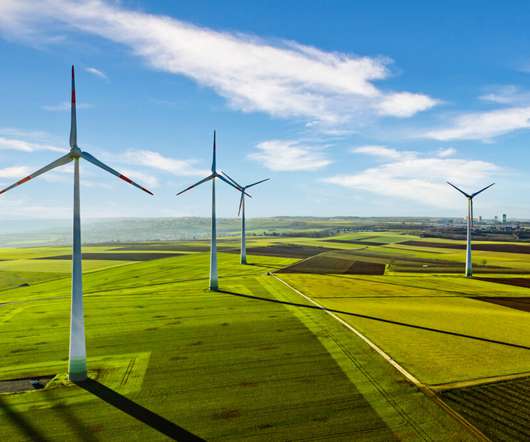
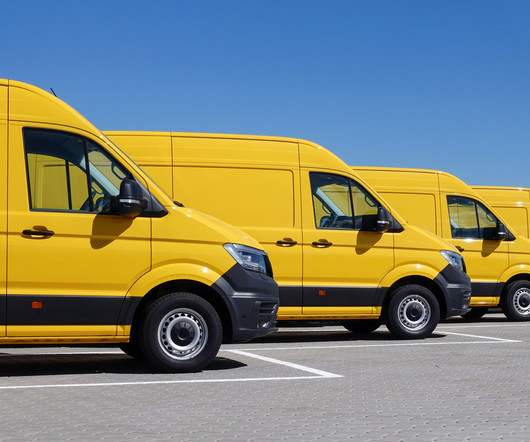
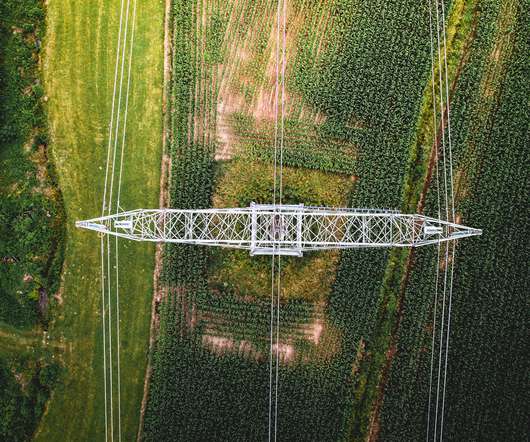
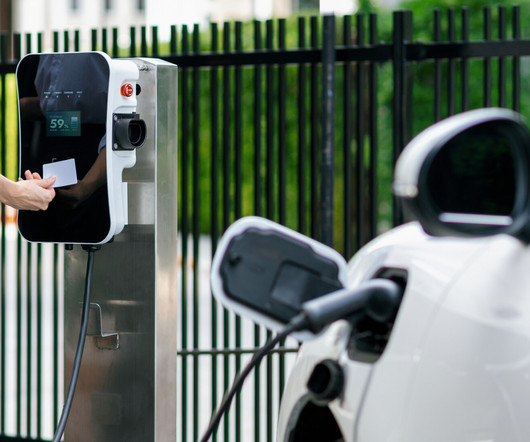
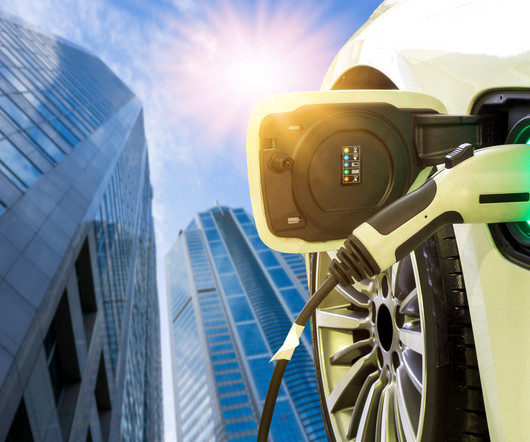
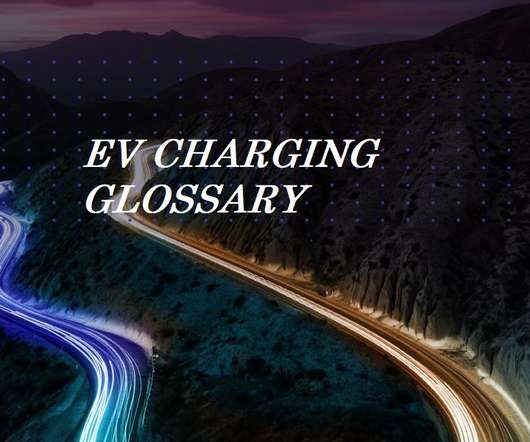
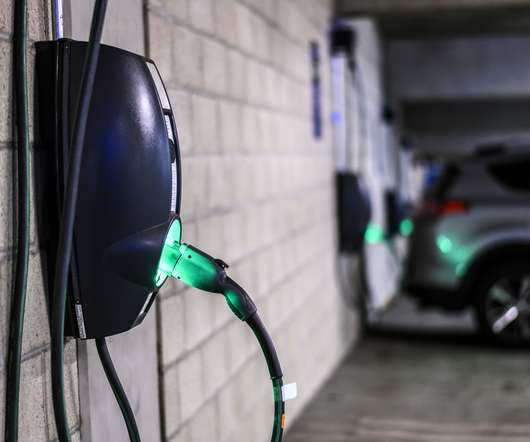
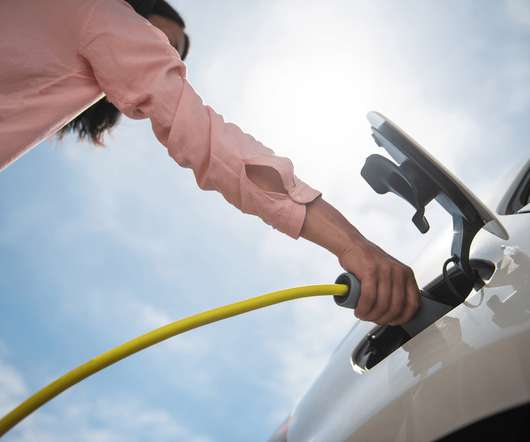
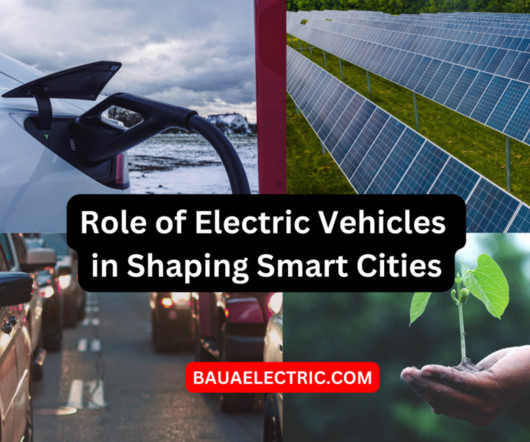
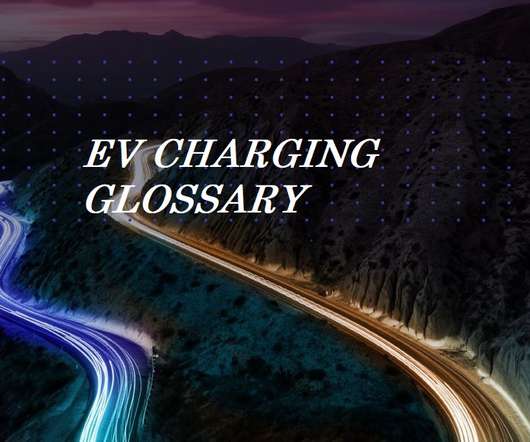






Let's personalize your content